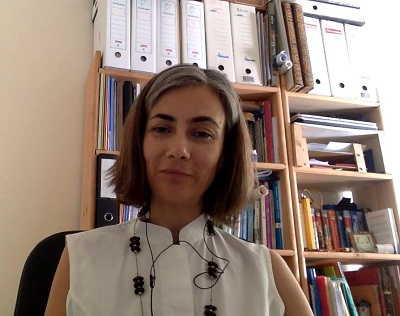Physicians who studied medicine at Ivy League schools are less likely to prescribe opioid medications, according to a new working paper from the National Bureau of Economic Research.
A couple of economists from Princeton University have determined that doctors who graduated from some of the leading universities in the United States, specifically Harvard Medical School, are prescribing somewhere around three times fewer opioid painkillers than their counterparts hailing from a less prestigious alma-mater.
The research shows that doctors trained at Harvard wrote an average of 180 prescriptions for opioids every year, while physicians who graduated from lower ranked medical programs wrote 550 scripts annually during the same timeframe.
The study authors believe this phenomenon has everything to do with the level of training that is provided at the different schools.
“[T]he relationship between medical school rank and propensity to prescribe opioids persists even among specialists who attended different medical schools but practice in the exact same hospital or clinic—where patients can be assumed to be relatively homogenous in their need for opioids,” the researchers said[1]. “[T]he relationship reflects the more rapid diffusion of best practices in top schools rather than the selection of certain types of physicians.”
Interestingly, researchers found that if all general practitioners, a group responsible for more than half the opioid prescriptions, subscribed to the same prescription pad philosophies as those coming out of Harvard, the number of opioids given to patients throughout the years would have diminished by more than half. What’s more is the mortality rate from overdoses could have, too, seen a sizable cut, which could have saved thousands of lives.
“Our results demonstrate that if all GPs prescribed like those from the top ranked school, we would have had 56.5 percent fewer opioid prescriptions and 8.5 percent fewer deaths over the period 2006 to 2014,” the paper shows[2].
A recent analysis[3] from the New York Times shows that drug overdose deaths are increasing across the United States at a horrific rate. Their preliminary data revealed that nearly 60,000 people died last year as a result of an overdose to various drugs, a figure that represents the largest recorded death trend from the American addict daze that this country has ever seen.
At least half of these overdose deaths were the result of prescription drugs, according to the latest statistics[4] from the Centers for Disease Control and Prevention.
Although the federal government recently introduced a new set of guidelines for doctors and pharmacists who dole out prescription opioids, the rules are not enforced in such a way to influence change. And while drug monitoring is now available in every state, the system has some serious design flaws, which makes it somewhat ineffective.
On the bright side, many medical schools are now starting to implement the federal government’s new opioid guidelines in their curriculum. An article[5] from U.S. News & World Report indicates that 60 schools were set to adopt these changes by the fall of 2016.
You can keep up with all of HIGH TIMES’ news right here.[6]
References
Read more http://hightimes.com/news/report-doctors-who-graduated-from-harvard-prescribe-fewer-opioids/
Latest
Coronavirus Strikes Massachusetts Cannabis Company Employees
Reassessing the Essential: Cannabis in the Time of a Pandemic
5 Reasons To Try Aspen Valley CBG Flower (30% Off)
High Times Cannabis Cups Go Virtual In Wake Of Coronavirus Pandemic
Drug Enforcement Administration Proposes Plan To Expand Cannabis Research
Ghana Legalizes Cannabis For Medicinal And Industrial Uses
The cheapest legal weed in Canada: Discover these cannabis ‘value brands’
Cannabis and coronavirus: Here’s what you need to know
cannabis designs
The Best Of
WHO Rules CBD Should Not Be a Scheduled Drug

Dr Cristina Sanchez PhD video interview on medical marijuana and cancer

Biochemist Dennis Hill interview; Cannabis oil as a cure for cancer.

The unofficial World Record holder for cannabis smoking part 1




